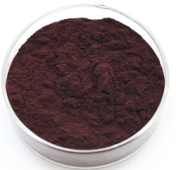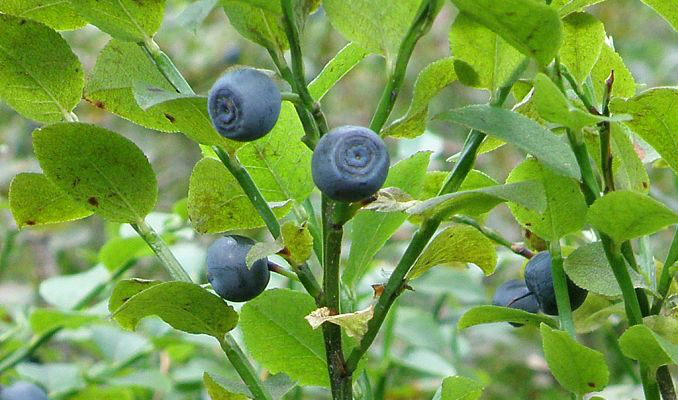Massive Selection for Bilberry extract in United States
Massive Selection for Bilberry extract in United States Detail:
[Latin Name] Vaccinium myrtillus l.
[Plant Source] Wild bilberry fruit cultivated from Sweden & Finland
[Specifications]
1) Anthocyanidins 25% UV (Glycosyl removed)
2) Anthocyanins 25% HPLC
3) Anthocyanins 36% HPLC
[Particle size] 80 Mesh
[Loss on drying] ≤5.0%
[Heavy Metal] ≤10PPM
[Pesticide residue] EC396-2005, USP 34, EP 8.0, FDA
[Storage] Store in cool & dry area, keep away from the direct light and heat.
[Package] Packed in paper-drums and two plastic-bags inside.
[General feature]
1. 100% extracted from European bilberry fruit, approved ID test from ChromaDex andAlkemist Lab;
2.Without any adultery of other relative species of Berries,such as Blueberry, Mulberry,Cranberry,etc;
3. Pesticide residue: EC396-2005, USP 34, EP 8.0, FDA
4. Directly import the frozen fruit from North Europe;
5. Perfect water solubility,water insolubles<1.0%
6. Chromatographic fingerprint match EP6 requirement
[What is bilberry fruit]
Bilberry (Vaccinium Myrtillus L.) is a kind of perennial deciduous or evergreen fruit shrubs, mainly found in subarctic regions of the world as in Sweden, Finland and Ukraine, etc. Bilberries contain dense levels of anthocyanin pigments, which was said popularly to have been used by World War II RAF pilots to sharpen night vision. In fork medicine, Europeans have been taking bilberry for a hundred years. Bilberry extracts entered the healthcare market as a kind of dietary supplement for effects on vision enhancement and visual fatigue relief.
[Function]
Protect and regenerate rhodopsin and cure the eye diseases;
Prevent the cardiovascular diseases
Antioxidant and anti-aging
Softening blood capillary, enhancing the heart function and resisting cancer
Product detail pictures:

Related Product Guide:
Our pursuit and company goal is to "Always satisfy our customer requirements". We continue to develop and design superior quality products for both our old and new customers and achieve a win-win prospect for our clients as well as us for Massive Selection for Bilberry extract in United States , The product will supply to all over the world, such as: Kenya, Lebanon, Amman, Our company has already had a lot of top factories and qualified technology teams in China, offering the best goods, techniques and services to worldwide customers. Honesty is our principle, skilled operation is our work, service is our goal, and customers' satisfaction is our future!
Buy from Amazon.com – https://bit.ly/1Q4Ltug
ULTRA EFFECTIVE MALE ENHANCEMENT AND TESTOSTERONE BOOSTER – EpicBoost Advanced Male Enhancement Formula remarkably boosts your sexual performance by giving you better erection and desired strength. Not only this, it solves the root problem of reduced sexual desires by boosting your libido / testosterones.
Buy from Amazon.com – https://bit.ly/1Q4Ltug
✔ Improves Blood Circulation – in turn gives you better erection and hardness that lasts longer
✔ Better Bedroom Performance – make someone go Gaga and have a satisfactory experience
✔ Enhanced length and girth – more pleasure
✔ Boosts Testosterone Levels and other hormones – thus boosting the libido
✔ Ultra Effective unlike others – Uses a proprietary blend of Tongkat Ali, Maca and Ginseng
✔ Improves, Energy, Stamina and your Athletic Performance too
✔ Natural and Pure Ingredients
✔ Superior Quality Control
Buy from Amazon.com – https://bit.ly/1Q4Ltug
Sales manager is very enthusiastic and professional, gave us a great concessions and product quality is very good,thank you very much!









